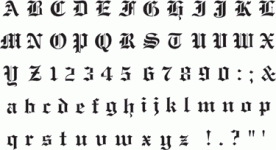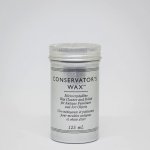Diggin' History
Sr. Member
- Jan 27, 2020
- 352
- 592
- Detector(s) used
- Minelab Vanquish 540, Bounty Hunter Tracker IV, DR.OTEK MT-XR, Nokta Makro Simplex+, Bounty Hunter Discovery 3300, a GP Pointer Handheld Pinpointer, and a GUZI Waterproof Handheld Pinpointer.
- Primary Interest:
- All Treasure Hunting
Unknown origin of a Butter Knife in another post included with earlier finds.
I found this Knife and posted it with a group of items here:
http://www.treasurenet.com/forums/t...e-pink-depression-glass-odd-looking-cans.html
I didn't see any identifying mark on the handle until I took my Dremel and a Polishing / Buffing Wheel to it so I decided to put a picture showing the mark here.
Thanks for looking and any help is appreciated.



You can see the entire Knife at the link I included above and you can see the rest of the items I found with it.
cheers.
-DH-
I found this Knife and posted it with a group of items here:
http://www.treasurenet.com/forums/t...e-pink-depression-glass-odd-looking-cans.html
I didn't see any identifying mark on the handle until I took my Dremel and a Polishing / Buffing Wheel to it so I decided to put a picture showing the mark here.
Thanks for looking and any help is appreciated.



You can see the entire Knife at the link I included above and you can see the rest of the items I found with it.
cheers.
-DH-
Last edited:









